Keeping Forests Healthy While Harvesting Timber
This was a large, multi-faceted project that developed a practical response to the question: “How do we keep forests healthy while harvesting timber?” (some call this “emulating natural disturbance”).
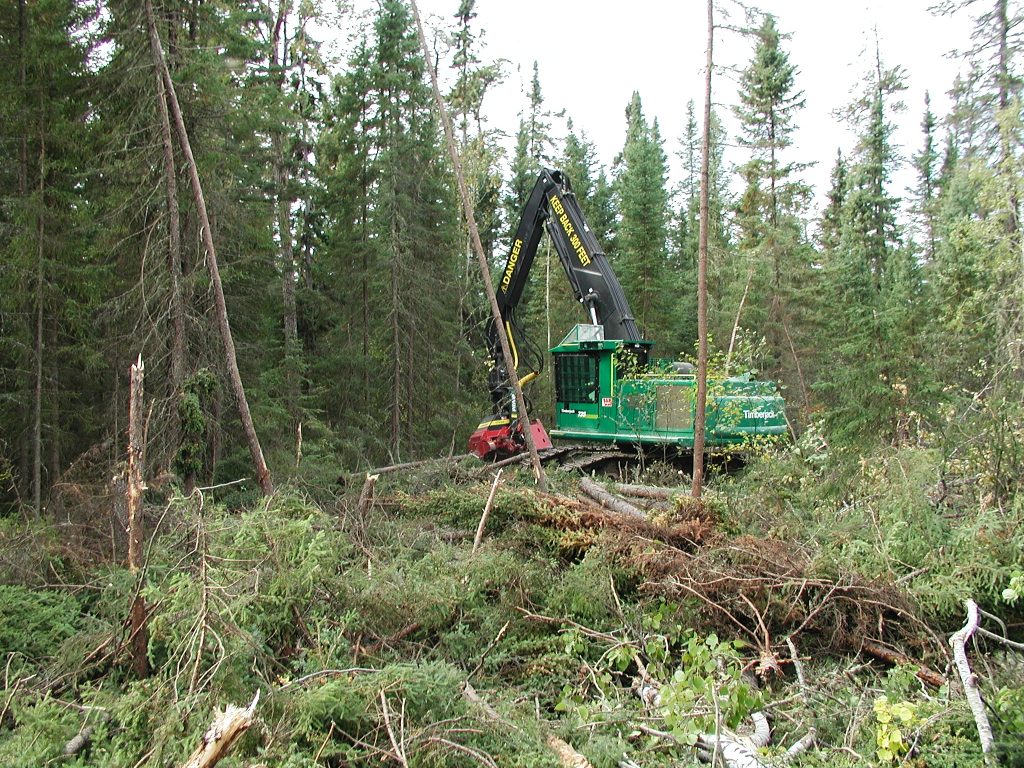
ECOSTEM’s roles in this project included designing and adaptively managing stand and landscape level timber harvest guidelines, working with a forest company to test the guidelines in two large trial areas, monitoring the responses of vegetation, soils and other ecosystem attributes to the guidelines, and periodically modifying the guidelines based on results. We collaborated with academics and technical experts from several provinces and internationally when developing and implementing the guidelines.
To provide the reference natural disturbance information, data gaps were identified. To fill the identified gaps, two major baseline research studies were undertaken to characterize the natural disturbance landscape patterns and post-fire succession.
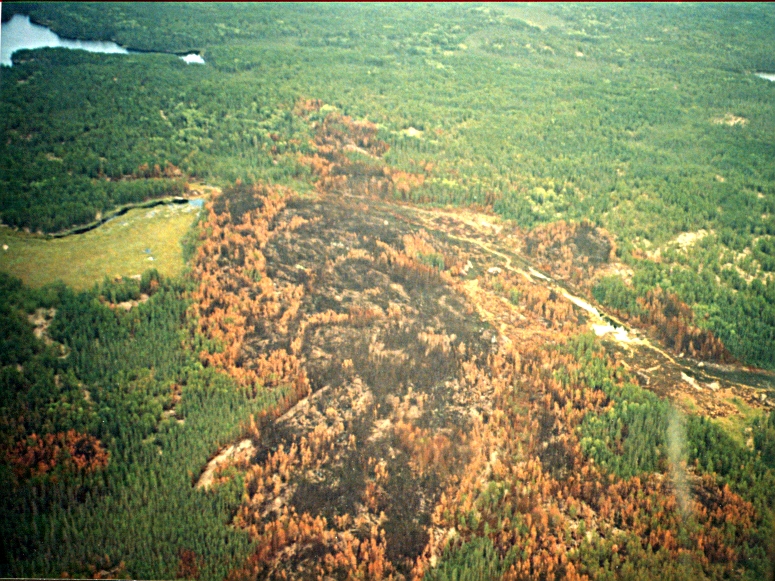
The first study mapped and evaluated what large wildfires disturb and what they leave, as a model for how to design timber harvest operating areas at the landscape and stand levels. Detailed mapping of the patterns of 741 km2 of large wildfires was completed and analyzed.
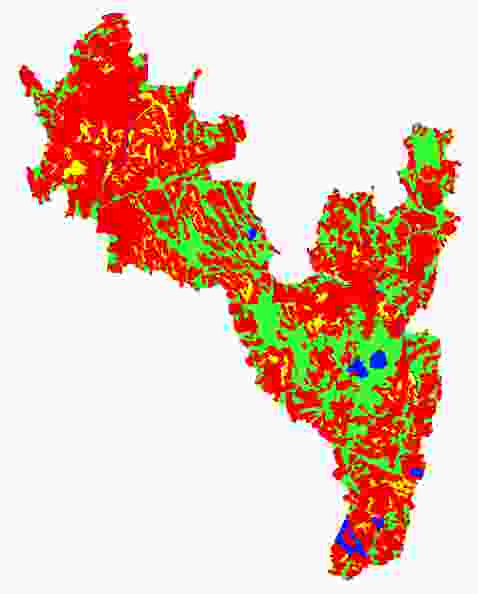
A second study collected field data needed to characterize post-fire changes in the composition and structure of woody material. A total of 584 plots were sampled in stands representing seven stages in the entire typical post-fire succession cycle.
Timber harvest guidelines were then developed for the landscape and stand levels.
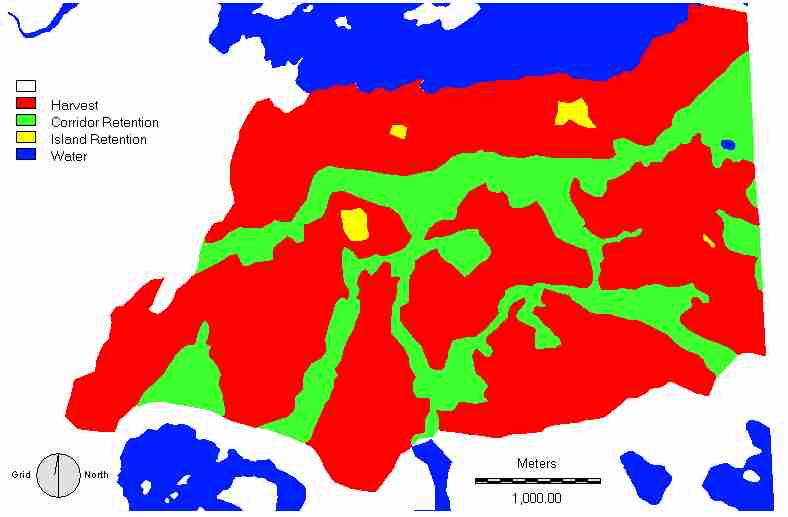

The wildfire-based cut-block guidelines were tested in four harvest trials located in two operating areas that were at least 1,300 ha in area.
Working closely with the forest company, we supervised the implementation of the cut-block guidelines in the trial areas.
An operator’s manual, which was co-written with an expert from the Canadian Forest Service, was used to train the machine operators.
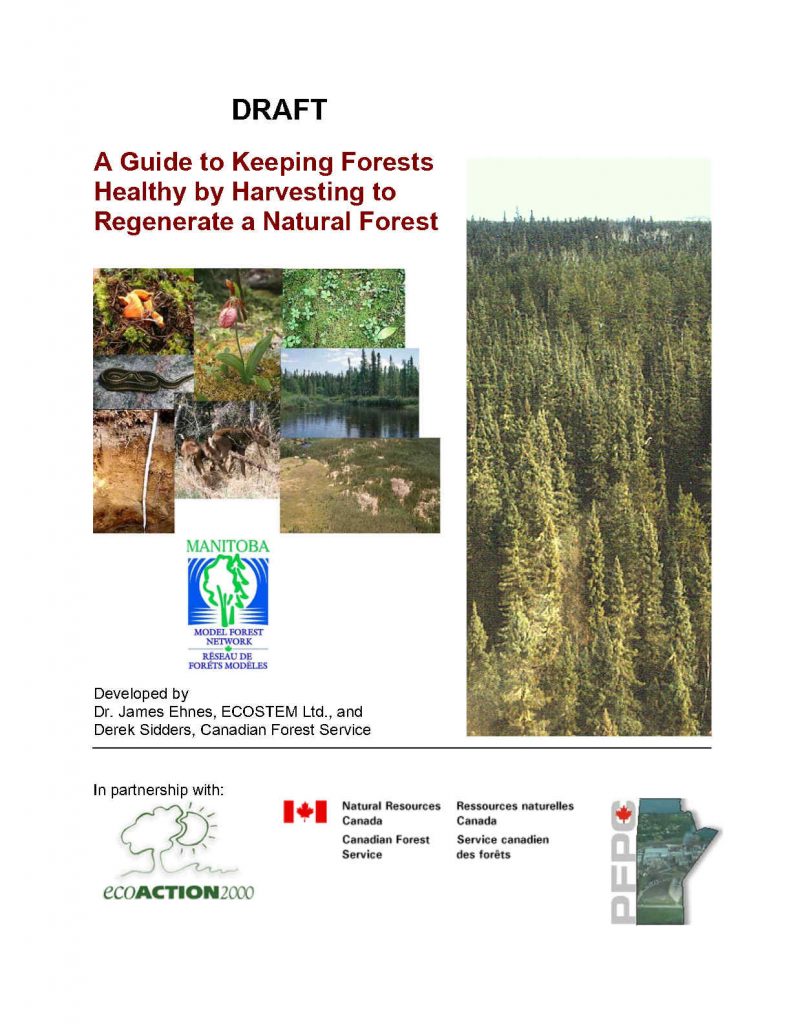
The cut-block guidelines address operational procedures such as leave trees, slash distribution, snags, site disturbance, site preparation and tree planting.
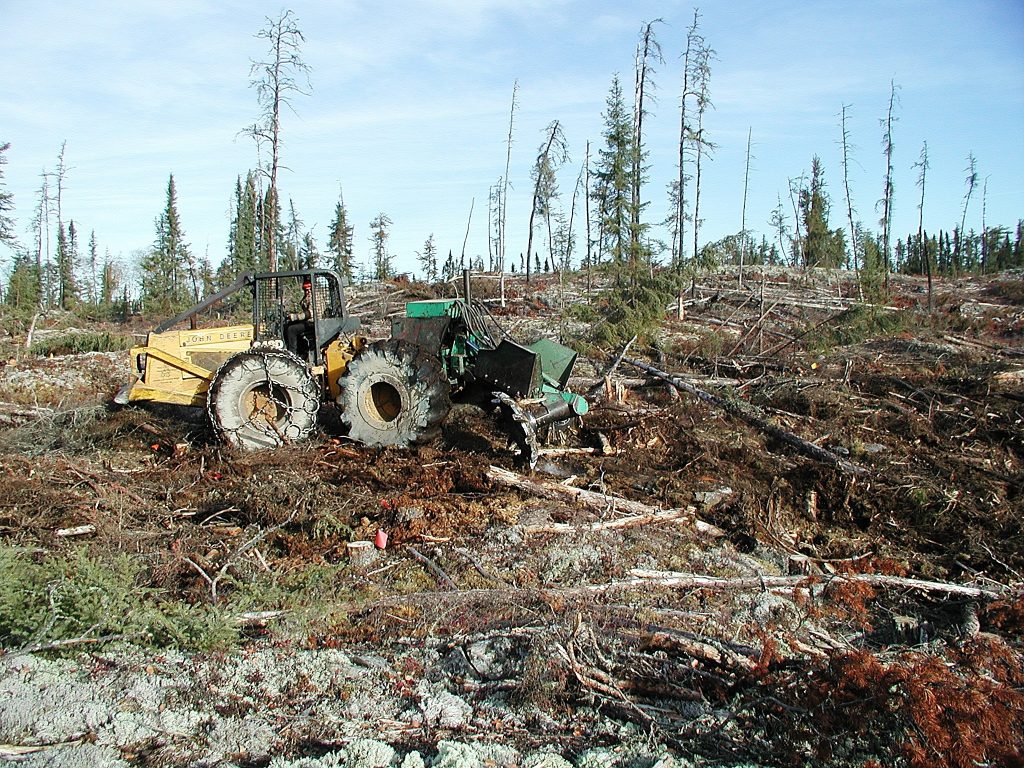
We monitored short-term post-harvest ecosystem recovery in the trial areas, and in a recent natural wildfire that served as a reference area.
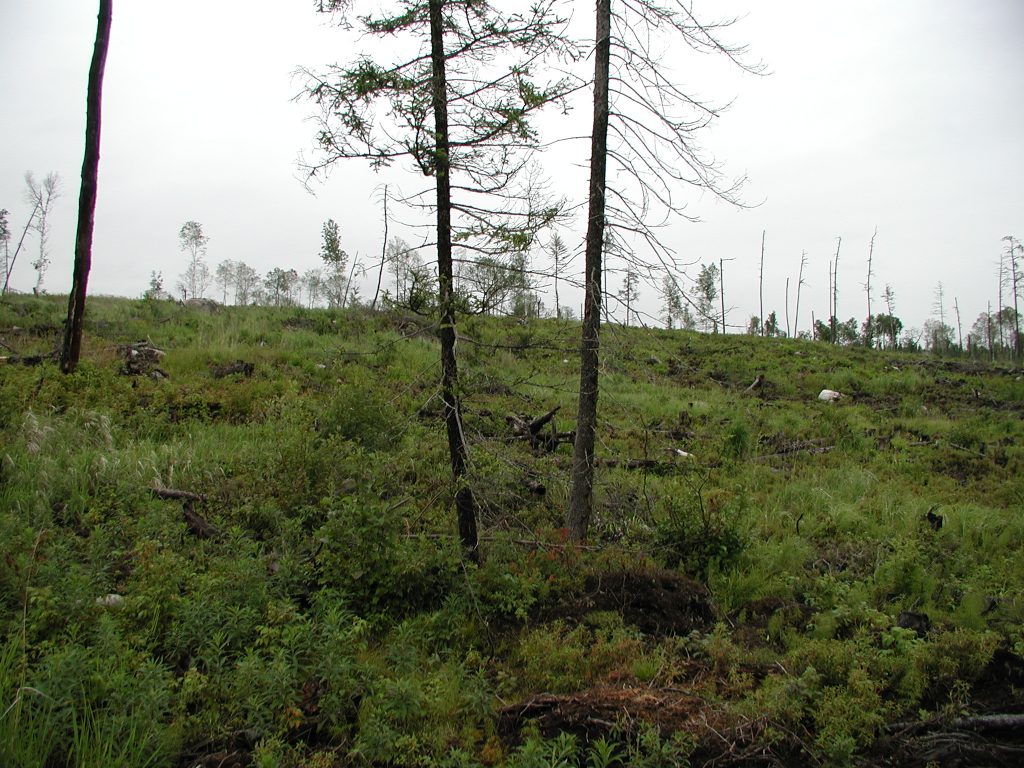
We developed and applied multi-scale indicators of sustainable forest management to evaluate the success of the harvest trials, and for use in land management.


